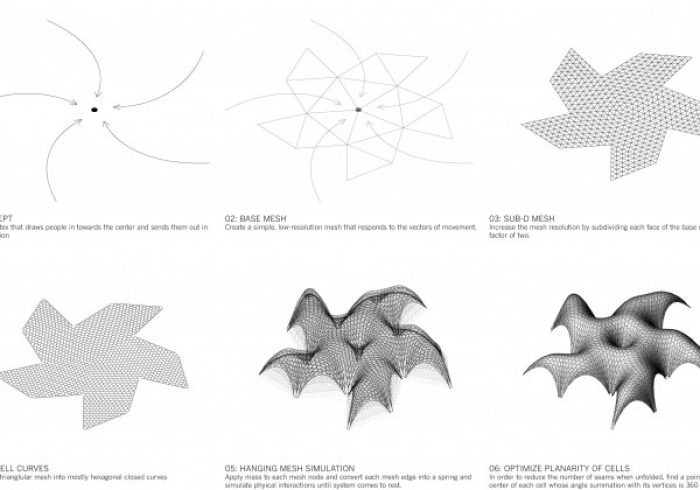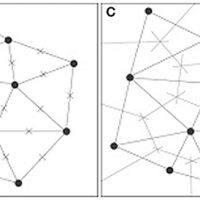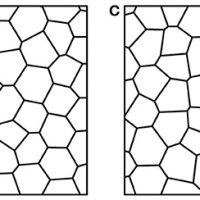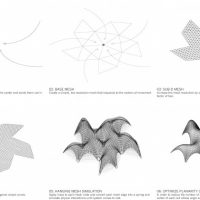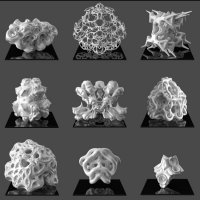Architectural Design with Parametric Design
Parametricism as an epochal phenomenon in the history of architecture has defined many rules for the current designers and for future practitioners to follow. One of the strongest aspects that is prominent in this style is ‘geometry’. Arguably, there is nothing new about geometry and aesthetics forming the most prominent aspect of any style or era.
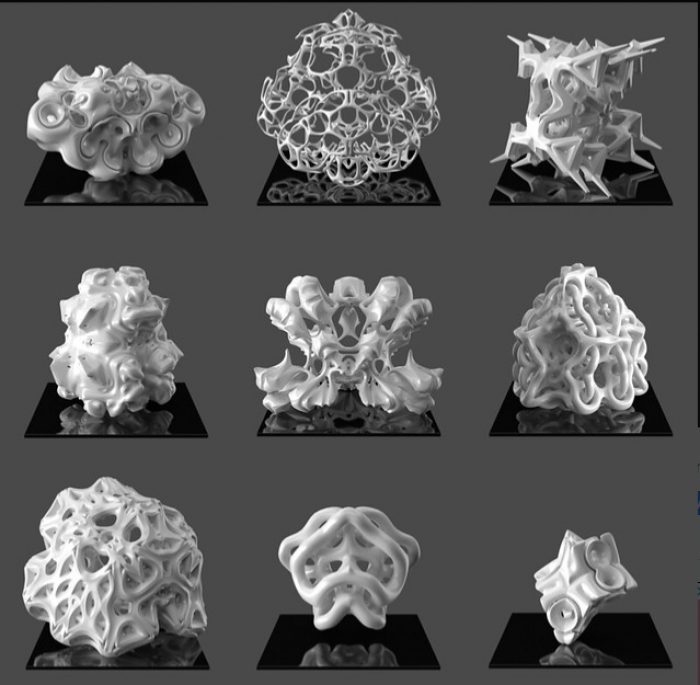
photography by © Christoph Bader
The language of any style in the long history of architecture is visually defined by the geometry or the shape, beyond the principles that define the core of the style. In the distinguishable style of parametric design (or parametricism, as defined as a distinct style, by Patrik Schumacher), geometry has played and is continuing to play an integral role. And with this fairly young style, there are many strings of myths and false notions associated.
There is an abuse of geometries that mimic natural forms and patterns, and are articulated as an architectural form in an irrational manner. Geometries defined by hex-grids, Voronoi patterns, unnecessary double-curved forms, and irrationally triangulated shapes are some of the many symbolic geometries that continue to emerge in architectural designs today.
Prototype testing algorithm- Voronoi Morphologies by MATSYS design, depicting a rational approach to the formal use of Voronoi pattern
A lot can be blamed on (or credited to) the currently available tools and the open-source nature of many parametric design tools within the wide openness of the internet and data sharing. Tools have, however, continued to define the principles of the architecture of an era since the beginning.
In the current scenario, the geometric operations in architectural tools have moved far beyond a T-square or parallel bar, to algorithmic and generative modeling, moving ahead of simple CAD operations such as scaling or rotation. Such operations have continued to define the architecture to a large extent, changing the domain of architectural geometry from orthogonal Cartesian grids to non-Euclidean forms, and moving into the domain of algorithmic space now, where new rules are defined by algorithms.
3D paper prototype – Voronoi Morphologies by MATSYS design, depicting a rational approach to the formal use of Voronoi pattern
The criticism of this over-ruling of so-called parametric shapes is the lack of intelligence, logic, and negligence on behavior. This criticism can in fact help overcome the weak points and may make this style one of the most prominently intelligent ones if taken into consideration and applied sensibly by today’s designers.
Neri Oxman’s quote “Forget about how it looks, think about how it behaves”
what every designer should look into deep consideration and some effort needs to be put on the behavioral aspect of design, specifically the shape. Intelligence needs to be embedded in the geometries that define an architectural language.
Everything must have logic, for it to be a successful design.
- © 2018 Angelucci and Mollaioli
- © 2018 Angelucci and Mollaioli
- © MATSYS
- photography by © Christoph Bader
By Sushant Verma




